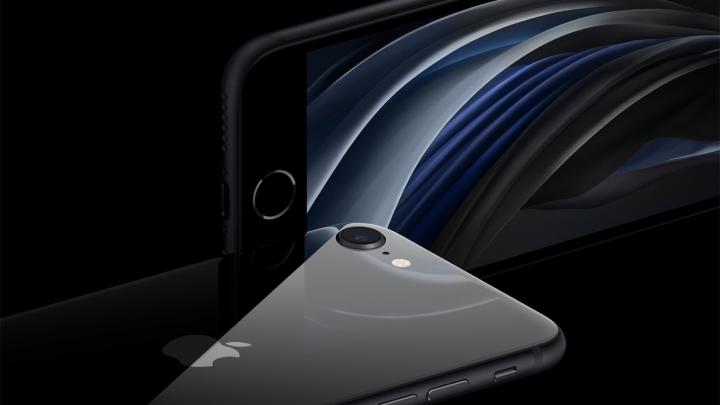

The recent Apple launch event, held on March 21 at its Cupertino, California headquarters, has been described as “boring,” “disappointing,” and “plain.” This unexpected response for one of the world’s most revered brands suggests that Apple may have been stagnant in its brand strategy for an extended period.
During one of the brand’s shortest keynote presentations in history, Tim Cook contended that smaller might actually be better, running counter to recent market trends towards bigger smartphones. Apple unveiled its new iPhone SE which comes with a familiar 4-inch screen size, as well as a 9.7-inch version of the iPad Pro meant to be more business-friendly thanks to its compact size.
These announcements failed to impress.
Tech experts and Apple aficionados alike were unsurprised, as details regarding the products’ design and specifications had already been leaking online for several weeks. Overall the event drew far less excitement than previous launches (such as last year’s Apple watch debut) and we are unlikely to see hordes of customers lining up outside stores to purchase the latest addition to the iPhone family.
The question now is whether Apple can demonstrate that good things come in small packages. More importantly, it raises the question: Is Apple’s brand strategy showing signs of change? In this analysis, we explore four indicators of evolving brand strategy, including a shift toward sustainable technology market leadership.
Innovation vs. Refinement
Innovation has been at the core of Apple’s brand identity for decades and proven to be a powerful differentiating tool, both in terms of technological specifications and design. But Monday’s event didn’t offer any groundbreaking products and left the crowd with a strong feeling of déjà-vu, and it’s not hard to see why: at first glance, the new iPhone SE looks very familiar. It indeed has the body of the 3-year old iPhone 5s with the features of the iPhone 6. In short, the tech giant merely made incremental changes to its already existing flagship products, a brand strategy that has failed them in the past – just look at the numbers on the iPhone 5C.
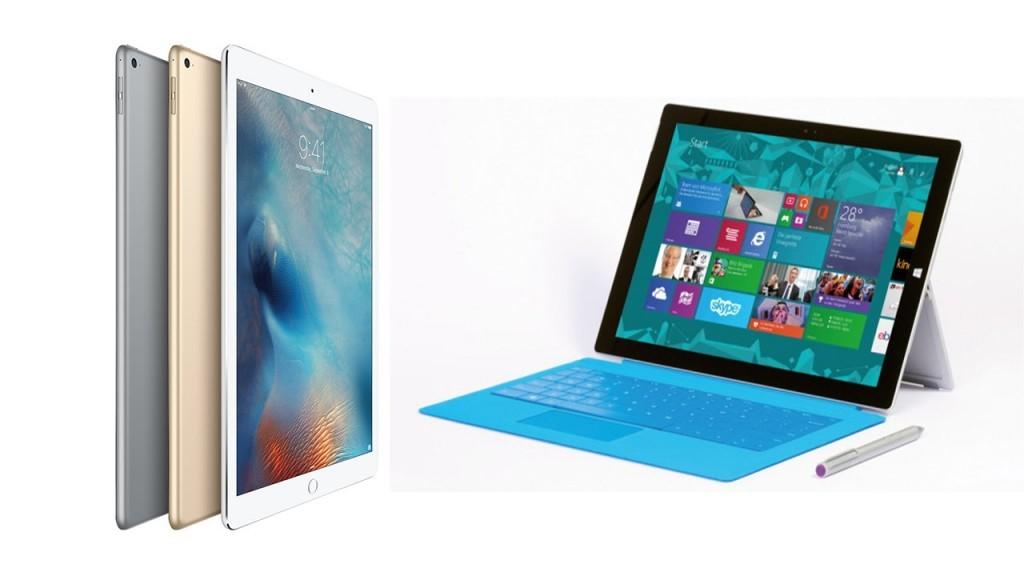
As iPads sales fell 21% year-on-year for the last quarter of 2015, Apple hopes to reinvigorate the segment with the business-focused iPad Pro, described as “the ultimate PC replacement” during the presentation. Again, it seems that the brand is trying to compete rather than create its own monopoly – while the iPad’s emotional benefits have always been geared towards entertainment, relaxation, and social currency, the new iPad pro enters Microsoft’s area: business functionality. Apple’s glimmering consumer reputation may not have the same effect on B2B buyers.
Shrinking Price, Wider Net?
Those looking for novelty should take a look at the price of the new iPhone SE. Starting at $399, it is the brand’s most affordable new phone so far. This type of aggressive pricing strategy is new for Apple who has historically positioned its products on the premium segment of the market, and shows the brand’s desire to attract price-conscious consumers in the Chinese and Indian markets.
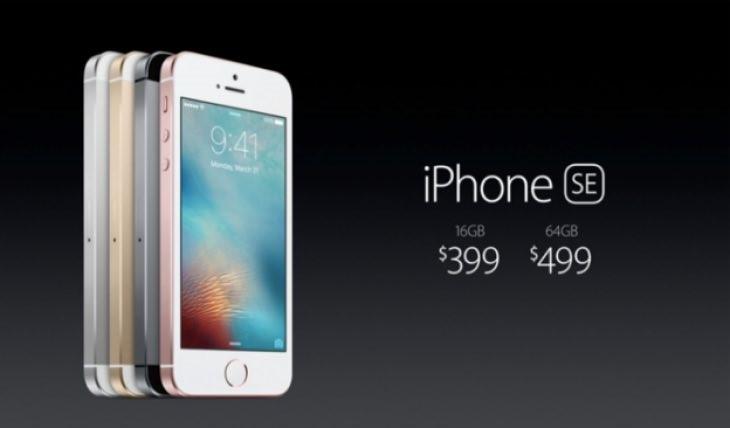
Pricing didn’t seem much of an issue until recently: the brand was able to justify higher price tags for its products based on their unrivaled aesthetics and exceptional user experience. The emotional benefits that came with an Apple product were massive: a rightful claim towards individuality, creativity, and community all at once. Today, however, new actors are entering the market with their own competitive advantages: a customer-centric approach to software by Xiaomi and a proven and refined reliability by Huawei.
Apple seems slightly late to the party. Will this gamble appeal to first-time buyers and long-time Android users, or will it simply lower the brand’s esteem in the eyes of loyal Apple consumers?
From Simplicity to Complexity
Steve Jobs embraced simplicity, just as one of his most famous quotes illustrates: “Simple can be harder than complex: You have to work hard to get your thinking clean to make it simple.” Under the Cook era, however, the proliferation of devices and their respective names is far from the founder’s original vision. For example, take a look at the current iPhone lineup:

Even as the “S” and “C” suffixes have been recurring elements in the names of Apple’s recent smartphone models, no official explanation has been given to clarify what they stand for: speculations include “Siri”, “Speed”, “Scan”, “Security” or “Color”. The new SE name is even more ambiguous and has bloggers stumped: perhaps “Standard Edition?”
Green Leader
Perhaps the coolest element of the keynote event was Liam:
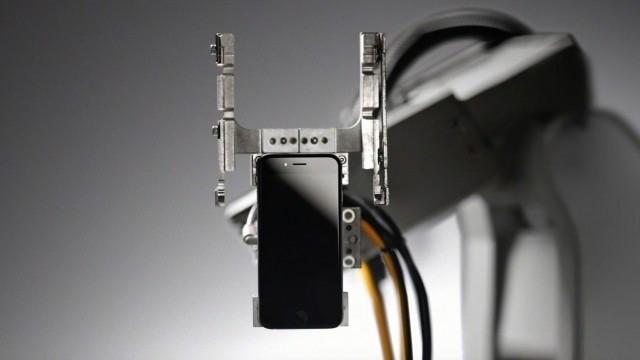
Have you ever wondered what happens to your iPhone when it dies? Well, Liam is the answer. He is a 29-arm robot created by Apple engineers that can take apart old smartphones and recover precious minerals used inside them such as copper, tungsten, silver and gold. As underlined by Lisa Jackson, Apple’s vice president of environment policy and social initiatives at the beginning of the event, the robot can currently disassemble one iPhone 6 in just 11 seconds. In order to encourage recycling, the brand also introduced its Renew program which rewards customers with gift cards when they send back their devices to be recycled.
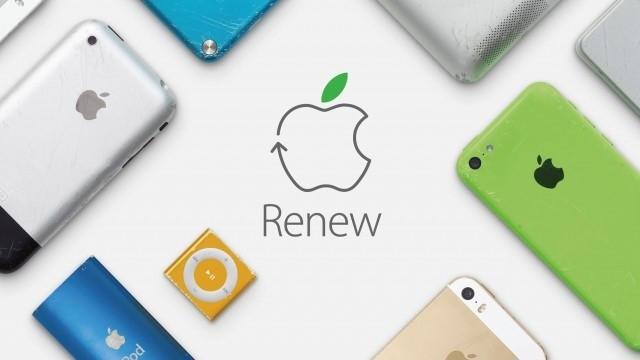
The unveiling comes as Apple aims to tackle the growing issue of e-waste and wants to become the leading sustainable brand in the technology industry. Today, already 93% of its facilities use renewable energies, and Liam is sending out another strong signal of the brand’s commitment towards a greener world.
Conclusion
Just a few days before Apple’s 40th anniversary (which falls on April 1st), we might get the feeling that the brand is not revolutionizing the tech world as much as it used to do. Over the past four decades the brand has built up a formidable level of knowledge and esteem and anticipation for new product launches sends shockwaves throughout the market. But with its formative years in the past, the brand seems to be struggling to maintain its differentiation.
Is Apple’s latest shift towards green tech enough to fill the brands substantially large shoes, driven by decades of simple inventions? Or is the Era of the Apple over, to be replaced by a more accessible and collaborative brand of smartphone? You be the judge.
A Labbrand Group Company © 2005-2025 Labbrand All rights reserved
沪ICP备17001253号-3To improve your experience, we use cookies to provide social media features, offer you content that targets your particular interests, and analyse the performance of our advertising campaigns. By clicking on “Accept” you consent to all cookies. You also have the option to click “Reject” to limit the use of certain types of cookies. Please be aware that rejecting cookies may affect your website browsing experience and limit the use of some personalised features.